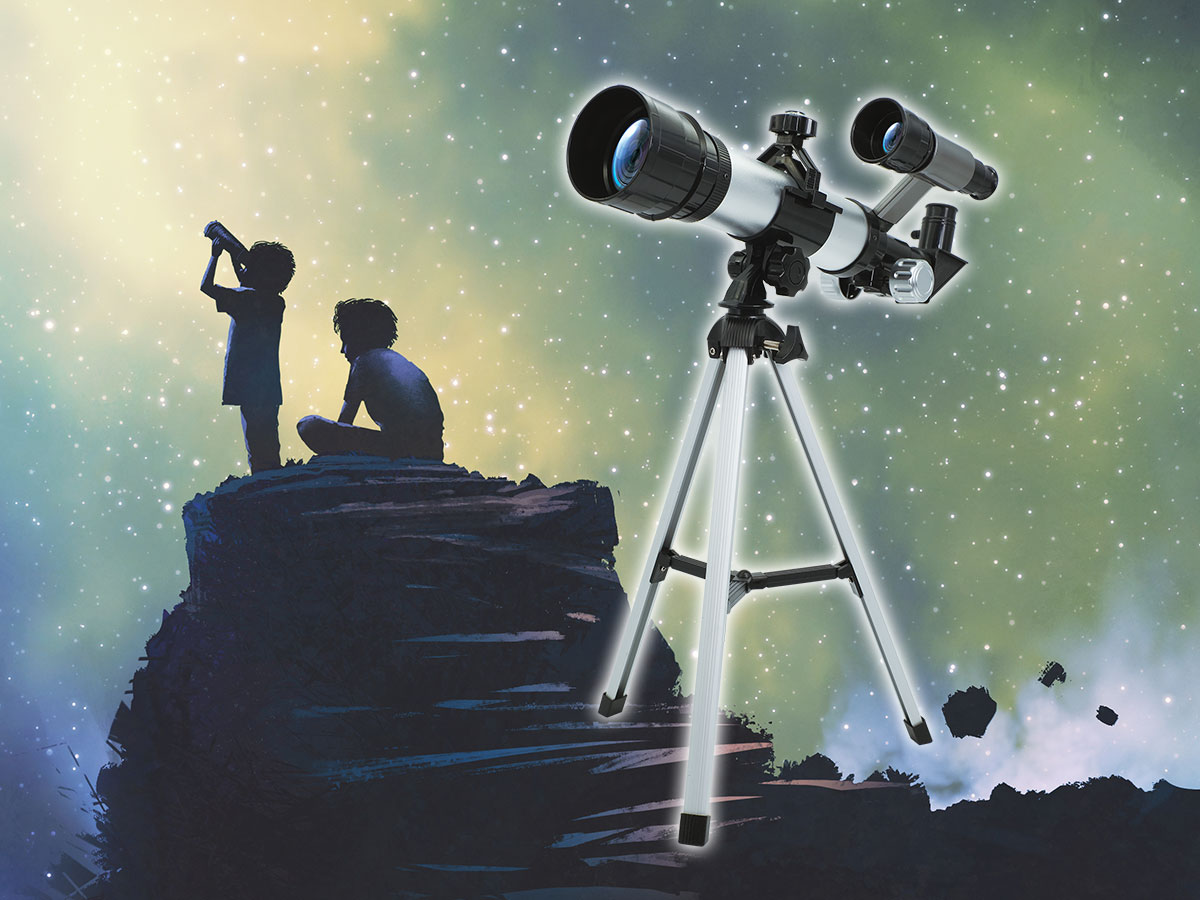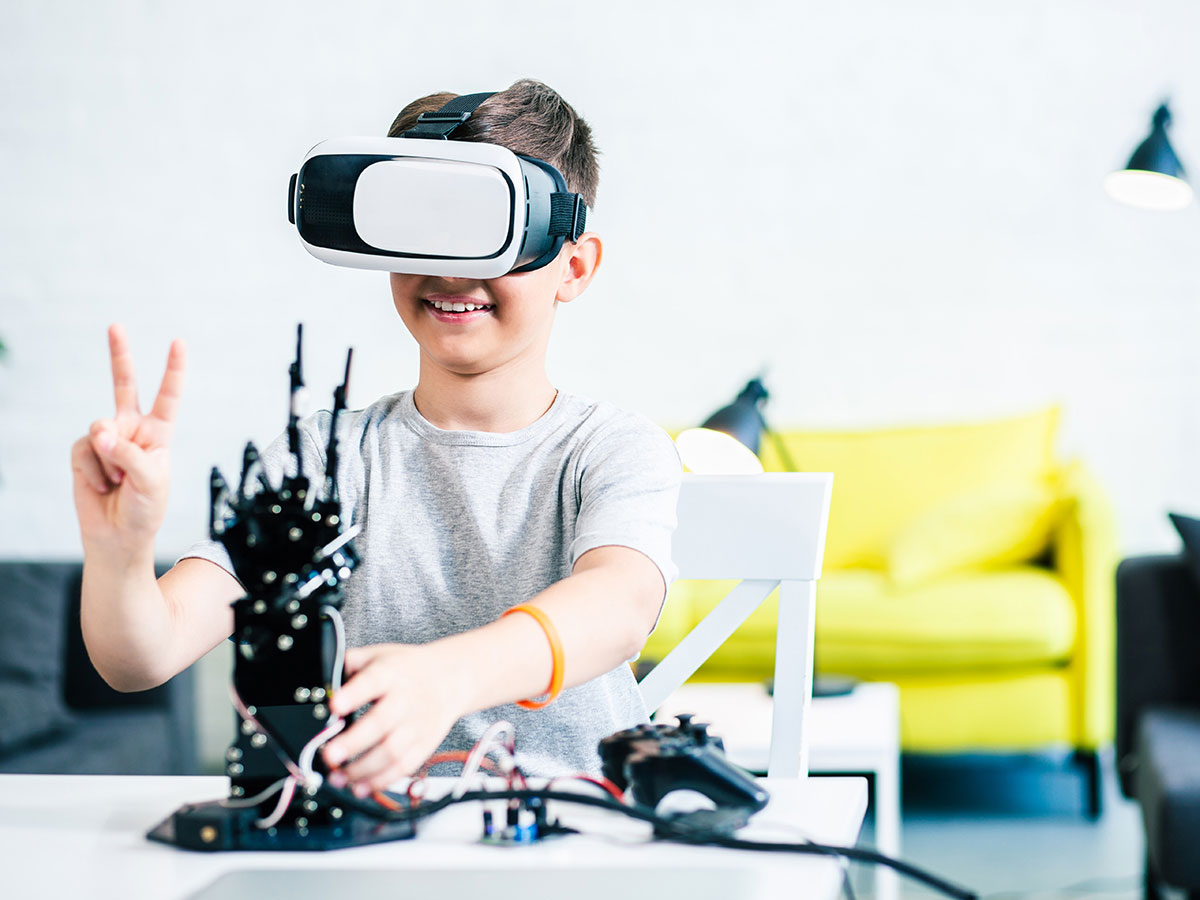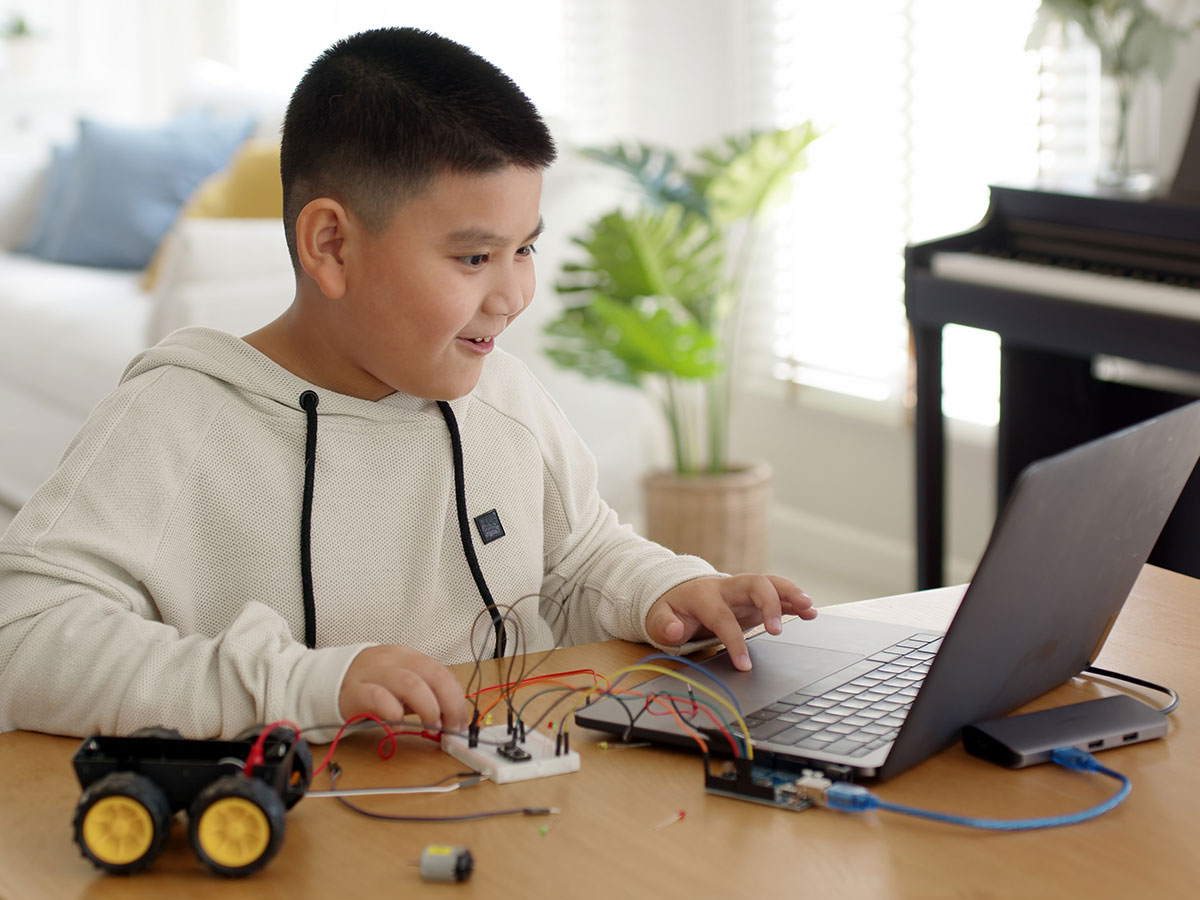
Telescope Exploration Workshop
Cover
Course Name:Telescope Exploration Workshop
Target audience:Upper elementary school students, middle school students or astronomy enthusiasts (adjusted according to the participant's age and background)
Course time:About 4 to 5 hours (including breaks and discussions)
Lecturer:[Teacher's Name]
Production Unit:[Organization name or workshop team]
Table of contents
- Course Description
- Learning objectives
- Detailed course flow
- Evaluation method
- Teacher Resources and Support
- Course summary and reflection
Course Description
This workshop aims to guide participants to start from the basic principles and development history of telescopes, and understand the functions and assembly methods of various parts of telescopes. Through hands-on telescope assembly and operation practice, participants can not only experience how to adjust and use the telescope firsthand, but also conduct astronomical observations under professional guidance, learn how to use star maps to identify celestial bodies, and ultimately cultivate the ability of scientific inquiry and teamwork.
Learning objectives
Basic knowledge:
- Understand the development of telescopes and their importance in astronomy.
- Learn about the main components of a telescope (e.g., objective lens, eyepiece, reflector, refractor, stand and mounting system) and how they work.
Actual operation:
- Learn to assemble and adjust the telescope, and master basic operating skills and safety precautions.
- Develop skills in using a telescope correctly for astronomical observations and learn how to adjust according to weather and observing conditions.
Scientific Exploration and Recording:
- Learn how to keep an observation log and organize the data and phenomena of the observed celestial bodies.
- Develop the ability to use star maps and astronomical software to identify and locate celestial bodies.
Creative thinking and application:
- Participants are encouraged to propose innovative ideas related to telescope applications (such as astronomical photography, telescope upgrades, etc.).
- Through group discussions, we stimulate cross-domain collaboration and problem-solving skills.
Detailed course flow
Part I: Theoretical Explanation and Historical Evolution (60 minutes)
Content and objectives:
- Brief History of Telescopes:
- Briefly introduce the development of telescopes from the time of Galileo to the present day.
- Discuss the milestones of the telescope in scientific development and astronomical discoveries (such as the discovery of Jupiter's satellites, the evolution of galaxies, etc.).
- Basic principles of telescope:
- Introduce the principles and differences between refracting telescopes and reflecting telescopes.
- Explain basic concepts such as optical magnification, resolution, and light focusing.
Teaching strategies:
- Use interactive presentations, videos and diagrams to help students understand the principles of optics intuitively.
- Interspersed with questions and interactions to stimulate students' thinking and discussion.
- Simple historical materials and booklets were distributed for participants’ subsequent reference.
Part II: Telescope structure and assembly practice (90 minutes)
Content and objectives:
- Telescope parts introduction:
- The functions and material selection principles of each major component (such as main mirror, eyepiece, focuser, tube body, bracket, mounting bracket, etc.) are introduced in detail.
- Demonstrate the structural differences between the different types of telescopes (refracting, reflecting, compound).
- Actual assembly:
- Distribute the telescope assembly kit and instruct participants step by step to assemble the parts.
- Demonstrate how to properly install the focusing system, align the optics, and check the stability of the system.
- Safe operation and maintenance:
- Describes safety precautions during assembly.
- Provides basic methods for telescope care and maintenance.
Teaching strategies:
- Group practice: Let students work in groups to complete the assembly, with each group being assigned a set of materials and tools.
- On-site demonstration: The teacher demonstrates the key steps and goes around to assist the groups.
- Hand out assembly instructions and operating manuals to ensure every participant has a written reference.
Part III: Astronomical Observation and Operation Practice (90 minutes)
Content and objectives:
- Telescope adjustment and positioning:
- Teach how to use the telescope for preliminary focusing to ensure the best observation effect.
- Demonstrate how to adjust viewing angle and focus according to weather conditions.
- Star map and astronomy software applications:
- Introduces how to use star maps, mobile apps or astronomy software to find and locate celestial bodies.
- Demonstrate identification of major constellations, planets, lunar surface features, etc.
- Actual observation activities:
- Arrange outdoor or indoor simulated observation environments to guide students to observe celestial bodies in the sky.
- Students record the celestial bodies they observe and record their characteristics (e.g. magnitude, position, shape) using simple diagrams or descriptions.
- Discussion and interaction:
- Share observations among groups, discuss problems encountered and how to adjust.
Teaching strategies:
- Prepare star maps, APP operation demonstrations and reference materials in advance.
- Students are divided into groups to conduct outdoor observations or indoor simulated observations (such as using an artificial skylight), and teachers will answer questions on the spot.
- Set up a question-and-answer session to allow students to discuss and record their observations.
Part 4: Data recording, discussion and extended application (30 minutes)
Content and objectives:
- Data collation and report writing:
- Teach students how to organize astronomical observation logs and draw simple charts or hand-drawn star maps.
- Share how to write an observation report, including recording the observation conditions, time, weather conditions, and characteristics of the celestial bodies seen.
- Extended discussion and creative thinking:
- Students are encouraged to come up with ideas for innovative applications such as telescope improvements or astrophotography.
- The panel discussed how to further explore astronomy in the future, or how to use telescopes to conduct more in-depth research.
Teaching strategies:
- Provide report templates and examples to guide students on how to systematically organize observation data.
- Group sharing: Each group takes turns to introduce their observation results and improvement suggestions to stimulate each other's creative thinking.
- Teachers summarize and provide suggestions for improvement to encourage students to continue learning.
Evaluation method
- Practical evaluation:Students will be graded based on their proficiency and accuracy in assembling and adjusting the telescope.
- Observation Report Assessment:Students will be graded based on the content of their astronomical observation logs, charts, and reports, with emphasis on data organization, clarity of description, and analytical skills.
- Group discussion and creative application:Assess students' participation in group discussions, their ability to come up with innovative ideas and their teamwork performance.
Teacher Resources and Support
- Operating Instructions and Assembly Guide:Provides detailed telescope assembly steps, operating instructions and answers to frequently asked questions.
- Demonstration video and illustrations:Show professionally produced demonstration videos with illustrated illustrations in your online resource library or classroom.
- Astronomical Observation Tools:Provides star maps, observation log templates, and astronomy software introductions and operation guides.
- On-site technical support:Equipped with teaching assistants or technicians to assist in solving difficult problems during assembly, adjustment and observation at any time.
Course summary and reflection
Course summary:
Review the basic principles of the telescope, the functions of each component and the key points of assembly. Emphasize the skills and experience learned from practical operations and astronomical observations, and present students' observation reports.
Reflection and Feedback:
- Teachers and students discuss the successful experiences and shortcomings of the workshop.
- Collect students’ suggestions on course content, practical process and subsequent applications as a reference for improving future workshops.
- It is recommended to set up subsequent advanced workshops (such as astronomical photography, deep space observation, etc.) to meet the needs of students with further learning.

Our amazing team is always hard at work
The above is a detailed telescope workshop course process and content.
The content covers theoretical explanation, practical assembly, astronomical observation practice and subsequent extended discussion for your reference and modification to meet actual needs.
Table of contents
- Cover
- Table of contents
- Course Description
- Learning objectives
- Detailed course flow
- Evaluation method
- Teacher Resources and Support
- Course summary and reflection
- Our amazing team is always hard at work
Related articles








